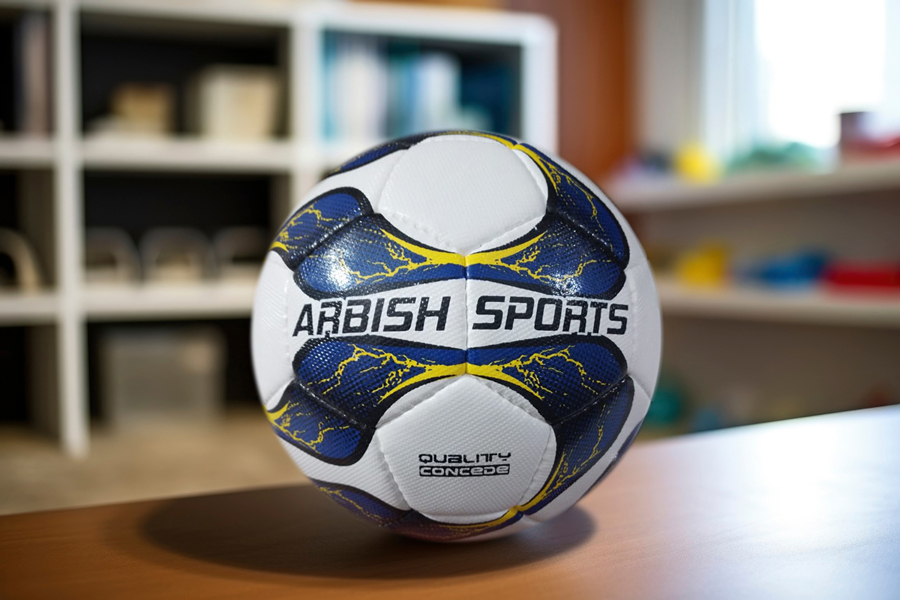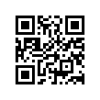The Core of Excellence: ASI Soccer Company's Quality Control in Soccer Ball Manufacturing

Table of Contents
ToggleASI Soccer Company’s Quality Control Process in Soccer Ball Manufacturing
ASI Soccer Company is a leading manufacturer of soccer balls and other sports equipment. The company is committed to delivering high-quality products that meet the expectations of its customers and the requirements of the industry. In this blog post, we will take a look at how ASI Soccer Company achieves this goal through its rigorous and dynamic quality control process.
Evolving Excellence: ASI Soccer Company’s Quality Control Process
Our quality control process begins with the selection of materials. We only use the finest materials, and we conduct a series of tests to ensure that they meet our high standards.
Material Development
The quality of a soccer ball depends largely on the quality of the materials used to make it. ASI Soccer Company sources its materials from reliable and certified suppliers, and conducts various tests to ensure their suitability for the production process. Some of the tests performed on the materials are:

Casing Material
This is the outer layer of the soccer ball that comes in contact with the players and the ground. It is made of synthetic leather, PVC or TPU, and has to withstand wear and tear, weather conditions, and chemical exposure. The tests performed on the casing material include:
Physical properties: The material is checked for its thickness, weight, color, and texture.
Chemical testing: The material is tested for its resistance to solvents, acids, alkalis, and other chemicals that may affect its durability and appearance.
Weather Testing: The material is exposed to different temperatures, humidity levels, and UV rays to simulate the environmental conditions that the soccer ball may encounter.
Abrasion Test: The material is rubbed against a rough surface to measure its abrasion resistance and durability.
Backing Material
This is the layer of fabric or foam that lies beneath the casing material and provides structure and shape to the soccer ball. It is made of polyester, cotton, or nylon, and has to be strong, flexible, and resilient. The tests performed on the backing material include:
Tensile testing: The material is stretched to measure its tensile strength and elasticity.
Fabric composition testing: The material is analyzed for its fiber content, weave, and density.
Foams: The material is tested for its thickness, weight, density, and compression properties.
Bladder: This is the innermost layer of the soccer ball that holds the air and gives it bounce. It is made of rubber or latex, and has to be airtight, durable, and consistent. The tests performed on the
bladder include:
Water Testing: The bladder is filled with water and checked for any leaks or defects.
Air Retention Test: The bladder is inflated to a certain pressure and left for a period of time to measure its air retention capacity.
Production Process: Where Precision Meets Scale
Once the materials are tested and approved, they are ready to be used for the product development stage. This is where the soccer balls are designed, cut, printed, and stitched. The steps involved in this stage are:
Knife cut: The casing material is cut into panels using a computer-controlled knife cutter. The panels are then inspected for any irregularities or defects.
Ink: The panels are printed with the desired design, logo, and markings using a digital inkjet printer. The ink is then cured using heat or UV light to make it permanent and resistant to fading.
Shooter Test: The panels are assembled into a spherical shape using a special machine that shoots them with high pressure air. This ensures that the panels are aligned and fit together perfectly.
Bounce Test: The assembled soccer ball is dropped from a certain height and bounced on a hard surface to measure its bounce height and rebound characteristics.
Water absorption Test: The soccer ball is submerged in water and weighed before and after to measure its water absorption rate and weight increase.
Circumference Test: The soccer ball is measured for its circumference using a tape measure or a digital caliper to ensure that it meets the standard size specifications.
UV Test: The soccer ball is exposed to UV light for a certain duration to test its color fastness and resistance to fading.
Weather Test: The soccer ball is subjected to various weather conditions such as rain, snow, wind, and heat to test its performance and durability under different scenarios.
Fungus Test: The soccer ball is inoculated with a fungus culture and incubated for a certain period of time to test its resistance to fungal growth and decay.
Production Process
The final stage of the quality control process is the production process, where the soccer balls are mass-produced, inspected, and shipped to the customers. The quality control measures implemented in this stage are:
Material Quality Control: The materials used for the production process are checked for their quality and consistency at regular intervals. The parameters checked include:
- Thickness
- Weight (GSM)
- Color shade
- Backing cloth
- Density (in case of foams)
Lamination: The casing material and the backing material are laminated together using a special adhesive and heat. The lamination is checked for its quality and consistency by measuring:
- Weight
- Adhesion Strength
- Humidity

Panel Cutting: The laminated material is cut into panels using a die cutter or a laser cutter. The panels are checked for their quality and consistency by measuring:
- Size
- Shape
- Angle

Printing: The panels are printed with the desired design, logo, and markings using a screen printer or a digital printer. The printing is checked for its quality and consistency by inspecting:
- Color
- Clarity
- Alignment

Panel Sorting: The printed panels are sorted according to their design, color, and size. The panels are checked for any defects or variations such as:
- Color variation
- Incorrect design
- Missing or additional panels
Stitching: The panels are stitched together using a sewing machine or a hand stitched. The stitching is checked for its quality and consistency by inspecting:
- Stitch length
- Stitch width
- Stitch tension
- Stitch alignment

Line End QC: The stitched soccer balls are inspected for any defects or deviations from the standard specifications. The parameters checked include:
- Appearance
- Size
- Weight
- Bounce
- Air retention

Pre-Shipment QC: The soccer balls are packed and labeled according to the customer’s requirements. The packing and labeling are checked for their quality and accuracy by inspecting:
- Packing material
- Packing method
- Label information
- Barcode
Quality Control at Every Stage
Our quality control process is not just about testing the final product. We also conduct quality control checks at every stage of the production process. This helps us to identify and correct any problems early on, before they can affect the quality of the final product.
Commitment to Quality
We are committed to providing our customers with the highest quality soccer balls. Our rigorous quality control process is just one way we demonstrate our commitment to quality.
ASI Soccer Company: Your Source for Quality Soccer Balls
If you are looking for a high-quality soccer ball, then look no further than ASI Soccer Company. We are confident that our products will meet your needs and expectations.
As you can see, ASI Soccer Company has a thorough quality control process that ensures adherence to quality standards throughout the production process. The process itself is dynamic, not static, and evolves over time to allow for continuous improvement and superior products for the company’s customers. Moreover, quality control measures exist throughout the production process to offer multistage checks which help to produce a superior end product for customers. This is how ASI Soccer Company delivers high-quality products that satisfy its customers and the industry.
- Facebook
- Twitter
- Linkedin
- Whatsapp






